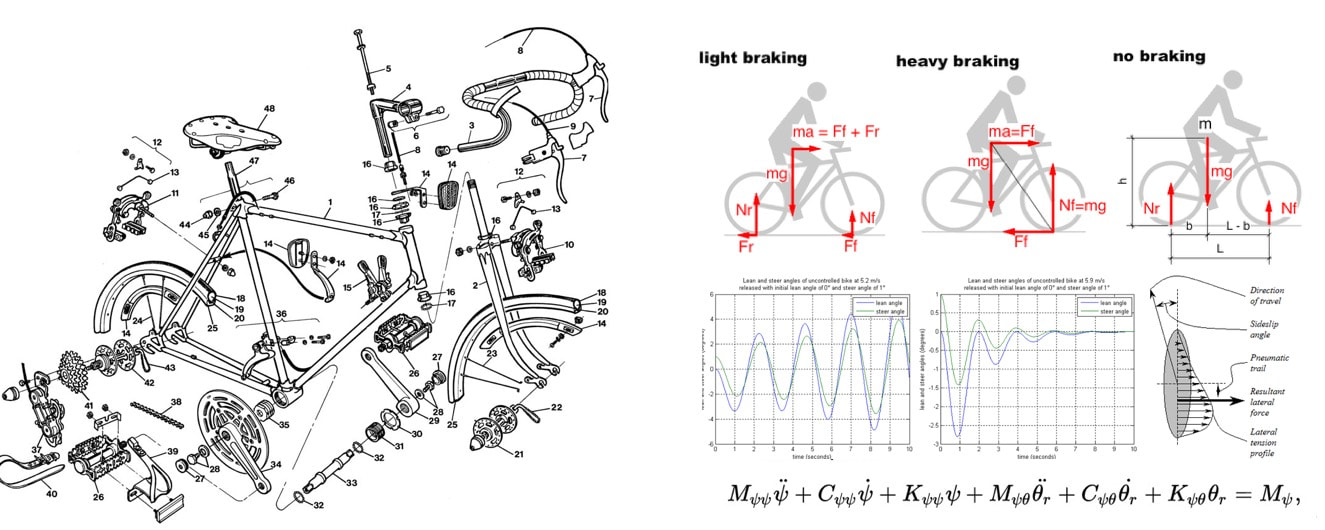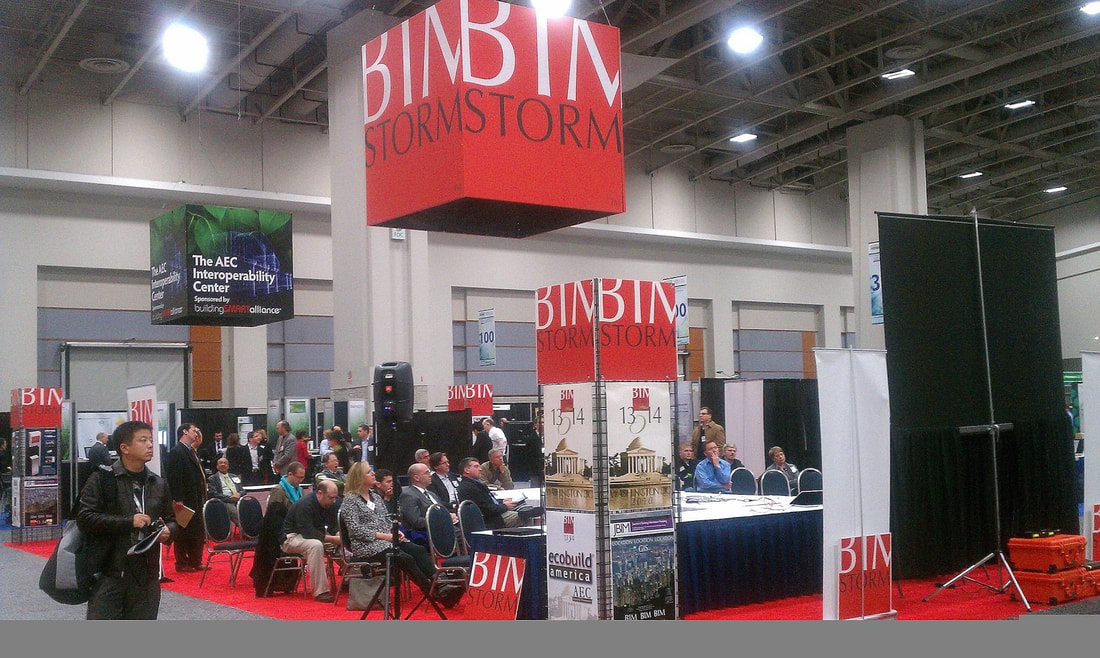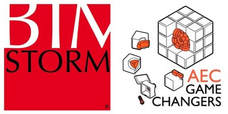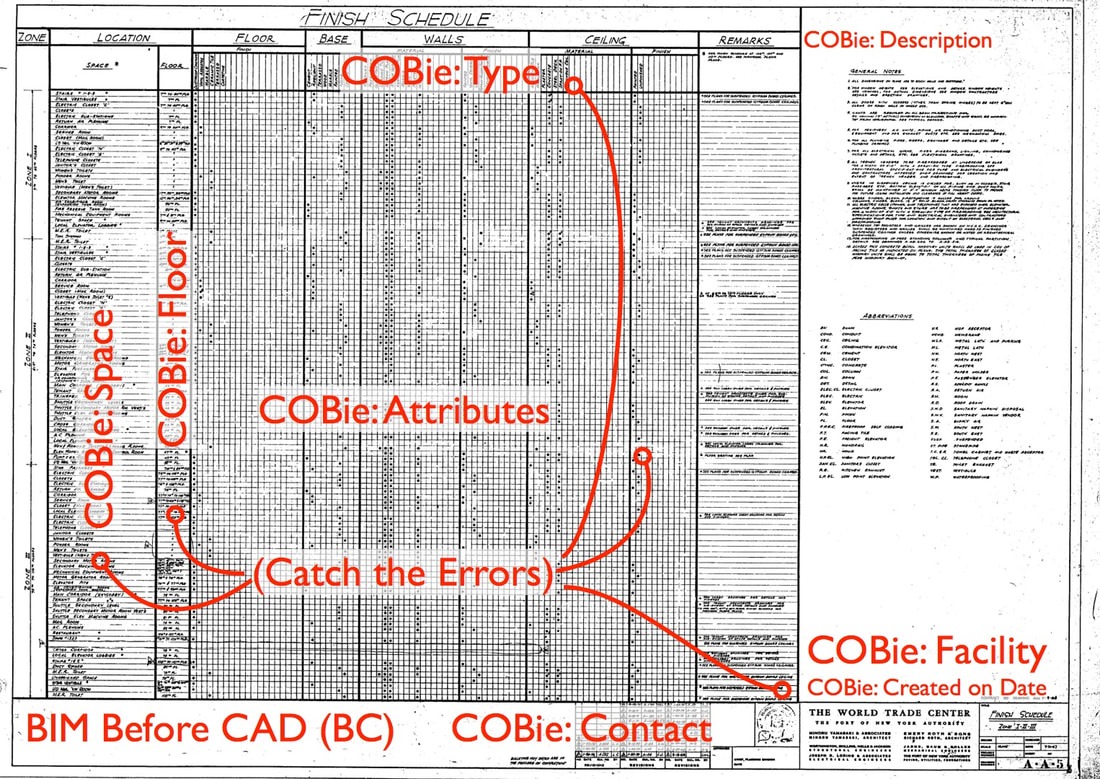Why BIMStorm?Imagine not being able to ride a bike until you have completely understood the mechanics and science of bike riding. Imagine not being able to design, construct, and manage buildings, facilities and assets until you have understood all the associated standards. Mechanics, science and standards are very important, but getting on the bike and riding it is the best way to learn how to ride a bike. Using tools and processes for facilities and assets is the best way to learn how to apply these skills and standards. BIMStorm is a place to learn how to ride the BIM bike, teach others and find like-minded bike riders to collaborate with in an open sandbox. Standards: The Oxygen of BIMStormExperts have been spending years building IFC, COBie, ISO, OmniClass, and other standards. The value of standards should be noted. NBIMS states, "[the resulting data] can be used during commissioning and operation to ensure facility functionality throughout the life of the facility and to deliver high performance, carbon neutral, and net zero energy based facilities." The best use of standards is when they become part of the process and fade into the background. Then how can a 2,000+ page National BIM Standard (NBIMS) be made easier to use? The information within these standards are extremely valuable, so it’s imperative to focus on making the voluminous standard easier to implement for day to day use. This places less emphasis on the standard development itself as the focal point, providing relevancy to the practicing professionals it is meant to help. BIMStorm enables using and advancing standards by weaving them into the fabric of the exercise. Participate in a BIMStorm to see how using standards does not have to be complex. Like riding a bike, the best way to advance standards and stress test them — is to use them. Sharing, Failing Fast, Refining and AdvancingThe results and methods used on real world projects are not easy to share. Participate and learn from case studies — how successful projects are repeatable exemplars that can be repurposed and refined. Like learning how to ride a bike, trying is the best way to gain skill and confidence. BIMStorm overcomes this sharing challenge by opening a sandbox with actual project data. Owners like California Community Colleges and Department of Veterans Affairs with their SEPS2BIM are part of the real project data sandbox. Scenarios allow many participation levels that promote learning, testing and rapid advancing of the industry. Just ride the bike...The best way to learn how to ride a bike, is to ride a bike. Join the BIMStorm to learn how and find other owners, consultants and vendors that have great bikes.
The AEC-ST is a group dedicated to successful implementation of science and technology in the Architectural, Engineering and Construction industries. We are proud to announce they have jumped onboard the BIMStorm AEC Game Changers 2017! We are very excited to have such a strong, diverse group of individuals as part of this virtual collaboration.
The results and outcome of this BIMStorm will be presented at AEC Science and Technology NEXT Conference (more information on this as we get closer to the event). Remember, all participants of this BIMStorm have an opportunity to be showcased at this event. If you are interested and would like to be part of this virtual BIMStorm team, sign up here. http://www.bimstorm.com/join.html Architects have been wired to understand complex relationships of data in buildings and document them in schedules with types, instances, attributes and more, all related to COBie long before BIM or CAD. Building documentation, either in hand drawn, CAD or BIM formats, inherently creates errors. However, COBie users benefit from the ability to easily spot discrepancies and errors because they are in a structured format. Perhaps the reason for COBie resistance and pushback come from the inability to hide problems. Checking for errors on a 1968 hand drafted schedule of COBie data.
(Don't forget to check the references in all 245 sheets of this set) |
BIMStorm
Thoughts on the "i" of BIM and more. Archives
January 2024
Categories |











 RSS Feed
RSS Feed